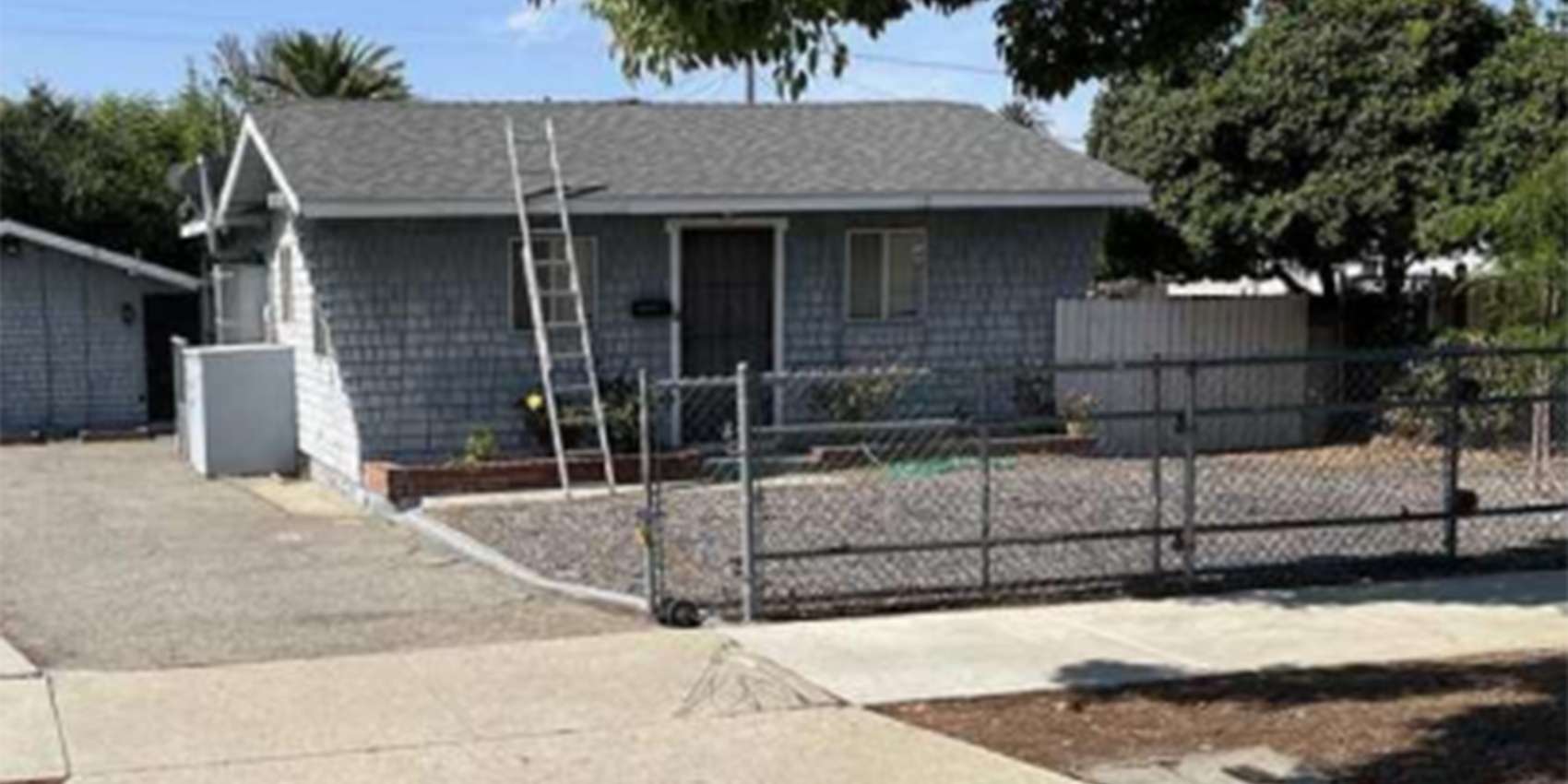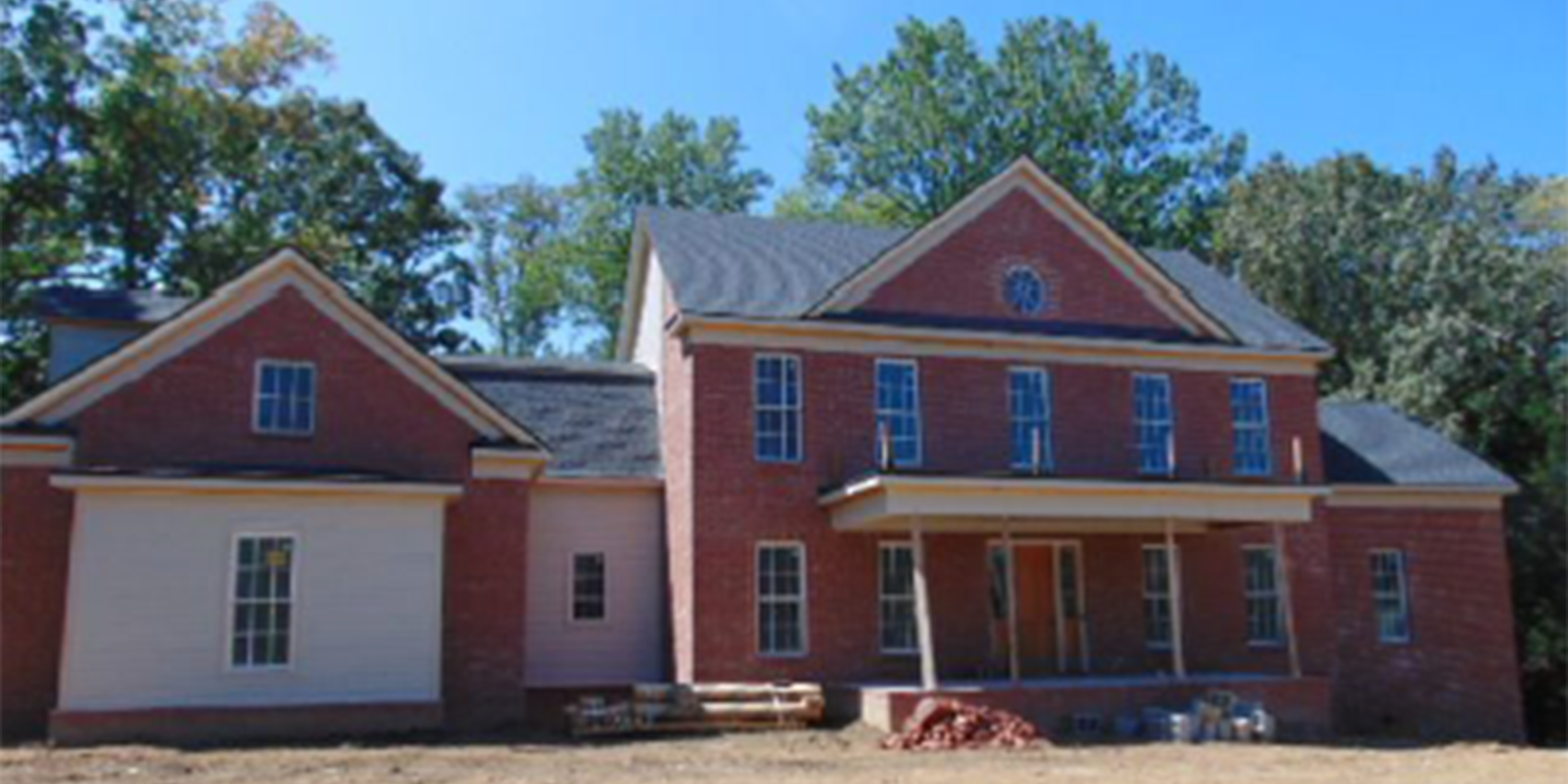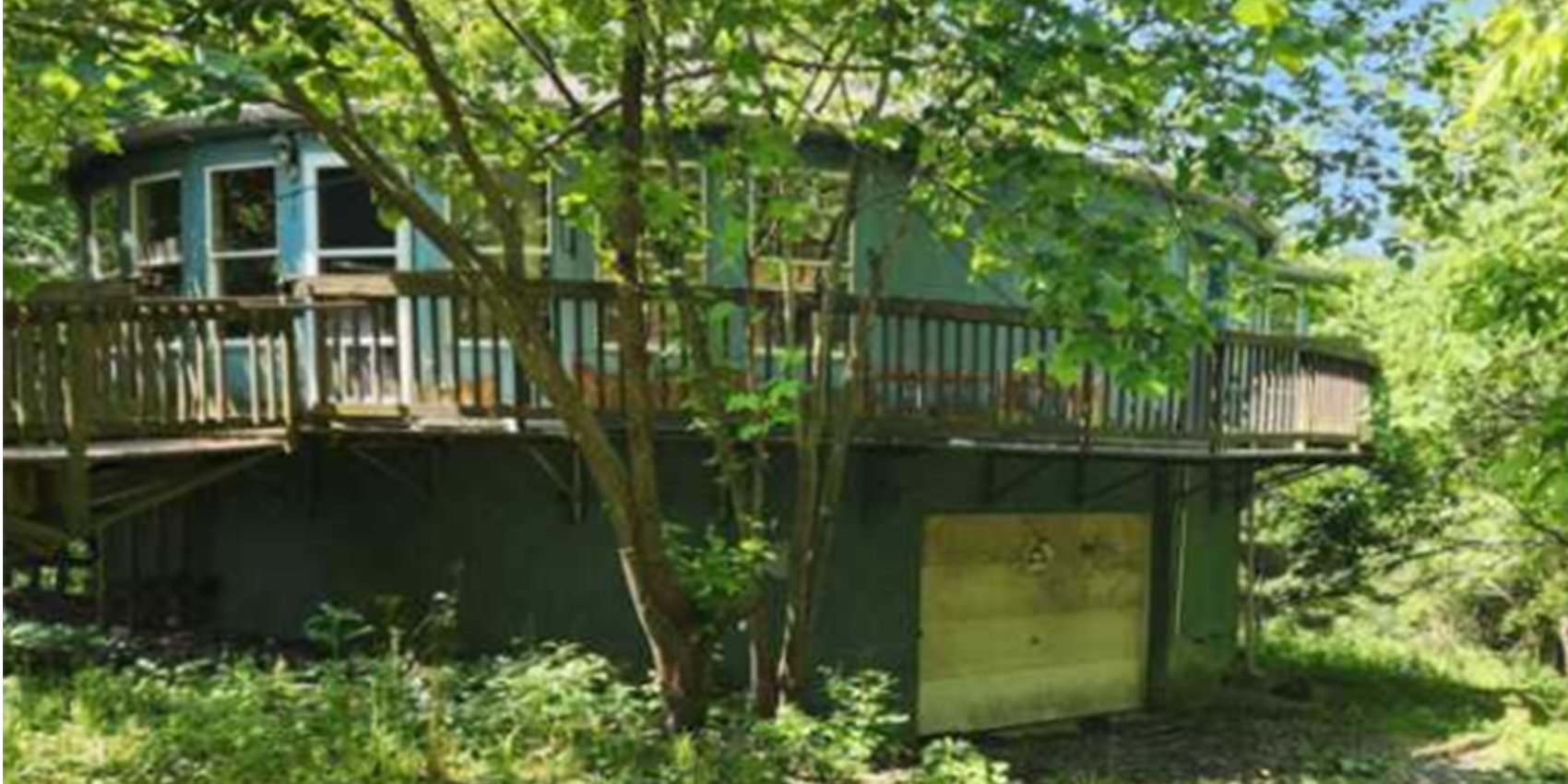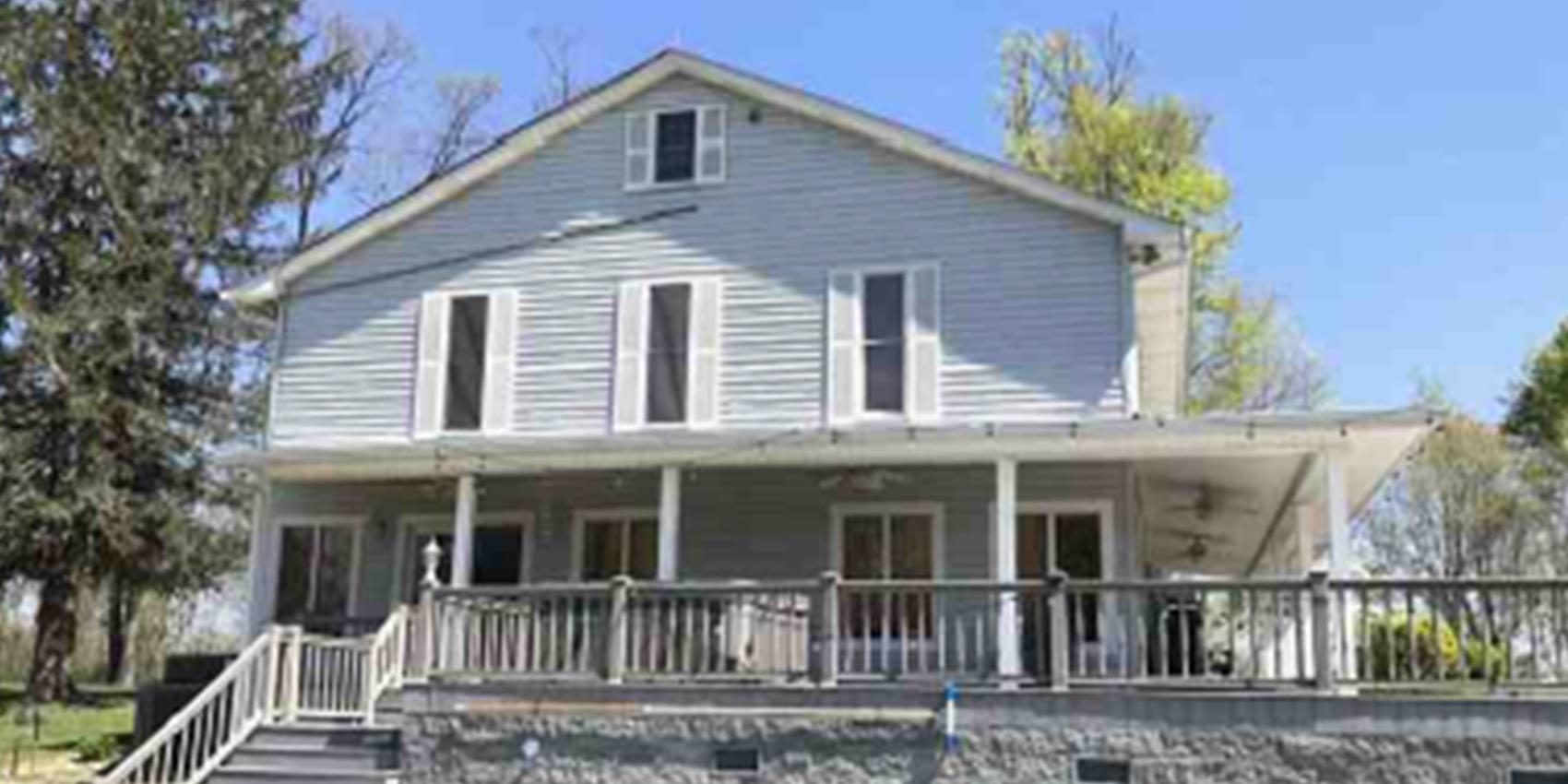It seems everyone wants to be where the action is. And where the action is hot right now is in secondary or even tertiary markets—those small cities or towns that are typically under five million population. Some with much less population (such as under one million) are even considered steamy.
What makes them appealing are a number of factors, but one of the most important factors is growth, both in population and in job opportunities. In order to do that, they need the room to grow. That is something more easily found in secondary markets than in primary ones. Secondary markets also need access to an educated work force and to offer livability and proximity to nature and events. Housing prices need to be affordable, reasonable, and have the potential to increase. Of course, there needs to be a demand for housing construction and for new commercial real estate.
In a secondary market there is usually less competition to enter the market, the assets are somewhat less expensive, the suburban lifestyle is appealing, and developers are building there with long-term growth in mind.

One of the massive changes felt in the post pandemic work world is the rise of the remote worker, that person who has the capability to work via computer from almost anywhere and doesn’t necessarily work in an onsite office or cubicle. If given the choice to work remotely, then the next most important decision is where to live so that you enjoy your surroundings and have access to those distractions that make living more pleasant.
Ten years ago, Boise, Idaho was just beginning to awaken as a viable secondary market. Today the citizens are murmuring about “Californication,” the sprawl of housing developments and the hike in housing prices. This year Boise again topped many of the top lists for the hottest markets in the U.S. fueled in part by the fastest growing population for any metropolitan area, according to Forbes magazine. A jump in employment numbers has helped, as has the nearly 12 percent growth in home prices. This is what an investor should be looking for when studying a secondary market.
Housing shortages play a part, as well, and should be considered if an investor is looking to develop new housing. According to Bloomberg, the housing shortage is making itself felt in secondary markets such as Denver, CO; Austin, TX; Nashville, TN; and Raleigh, NC. At the same time these cities are experiencing an influx of population. In fact, the US Census Bureau projects that people will be leaving New York, Washington DC, Illinois, California and Hawaii in droves looking for places to live in Nevada, Arizona, Idaho, Oregon, North Carolina, South Carolina, Florida, Colorado and Tennessee.
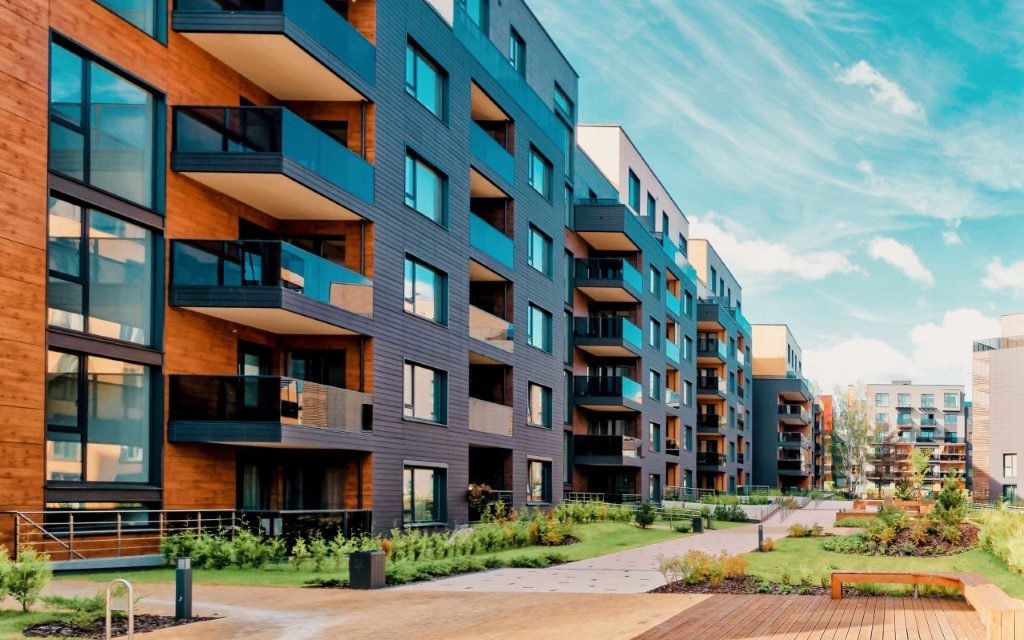
In many scenarios, affordability is an issue. Homeownership has declined from 69% ten years ago to 63% today. Housing prices are going up and at the same time, outpacing household incomes. Since it will likely be less expensive for someone to rent in a secondary market—and in some cases live relatively close to a center of influence—many will look for affordable, nice housing in secondary markets.
Paradyme has already accomplished some development in secondary markets such as Denver, Colorado and are looking to start more development soon. Call us for more information, to get involved, or to learn more about secondary markets.



